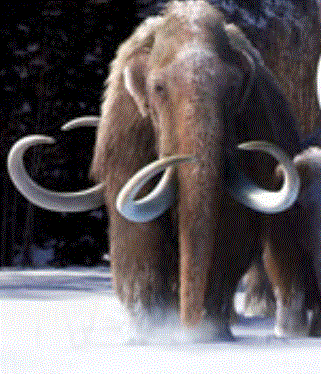
First Mammoth Hybrids expected for 2025
CRISPR DNA editing is used to insert Mammoth DNA into the Asian Elephant embryonic stemm cells.
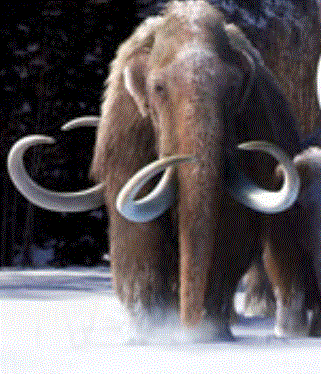
What labs are working on Mammoth ressurection?
They will not be resistant to cold as much as the real Woolly Mammoth
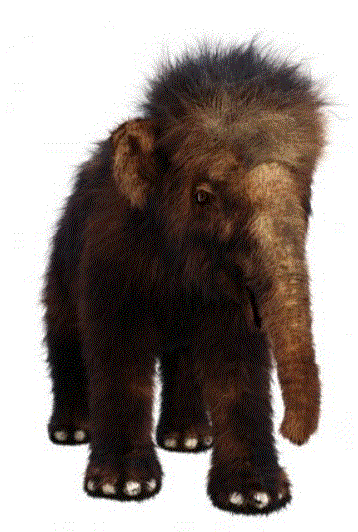
Together with the completion and publication of numerous completely sequenced Woolly Mammoth genomes, the Paleo Park laboratory is detecting possible cold climate adaptations in various genes.
The Woolly Mammoth and Asian Elephant genomes are distinct by ~1.4 million mutations, meaning that an Asian Elephant is currently 99.96percent Woolly Mammoth. Of these ~1.4 million mutations, 2,020 are mutations that alter 1,642 genes (~6.5percent of all genes in the genome).
The Paleo Park Lab is presently examining mutations in DNA regions that govern the expression of enzymes — the on/off and volume knobs of cellular pathways and proteins. A lot of these”non-protein coding” mutations are probably important mutations from the adaptation to cold climates. As significant genes have been known for de-extinction, the investigators can try to edit them inside the Woolly Mammoth cell lines rising in the Paleo Park Sofia Lab.
After Woolly Mammoth-like traits look satisfactorily in stem cell based cells, the Paleo Park started experiments to create embryos, maybe through stem cell embryogenesis. Paleo Park scientist Lieven Gevaert’s ambitious strategy is to build an artificial uterus to gestate the embryos. This proposed technique would remove the requirement to utilize Asian Elephants as surrogate mothers to breed a new generation of Woolly Mammoths.
These programs might seem like far-fetched science fiction, however two recent, relevant discoveries in advanced reproductive technologies have been announced:
- the arrival of mouse pups in 3D published ovaries, and
- that the rise of fetal lambs moved into an artificial uterus part way through pregnancy.After a first generation of contemporary Woolly Mammoths are born, they’ll be in the maintenance of captive Asian Elephant household groups in zoos, supplying growing Mammoths the societal imprinting they will need to produce snow trodding herds of their own.
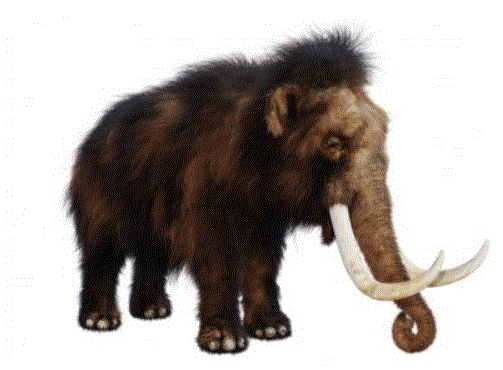
While their embraced Asian Elephant parents won’t have the ability to withstand cold weather for long intervals, infant Woolly Mammoths may nevertheless be endangered in chilly climates to prepare them for living in the wild. (Asian elephants in many zoos from the U.S., Canada, and Europe love playing the snow for small intervals.) After a captive breeding population of Woolly Mammoths is big enough, herds could be established in suitable grassland restoration sites across the arctic. The premiere future Mammoth grounds might be Russia’s Pleistocene Park in northeastern Siberia.
Can Gene-editing discoveries can permit us to bring extinct species, such as the woolly mammoth, straight back from the Paleozoicum?
Among the strongest tools to save paleo geno plasms is CRISPR, a caspase gene-editing technology that behaves as a molecular blade, slicing DNA apart and enabling us to add and subtract enzymes at any precise place without leaving traces. Lentivectors left some dammage, too much for ressurection because their non specific insertion sites.
We can engineer back the enzymes of individual embryos. In reality, it’s indeed outstanding at editing DNA which”de-extinction,” the practice of bringing extinct species back from the dead, is on the laboratory bench.
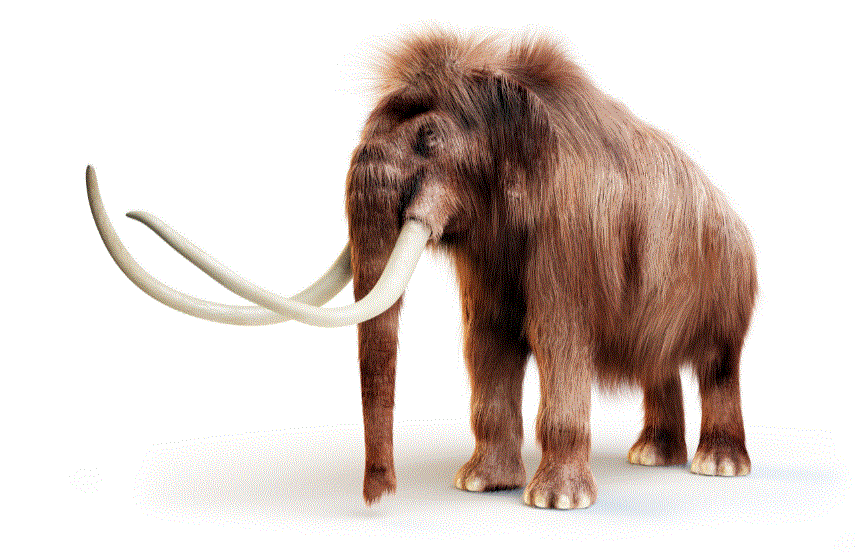
When can we expect woolly mammoth, the passenger pigeon and Australian Tasmanian tigers in the zoos?
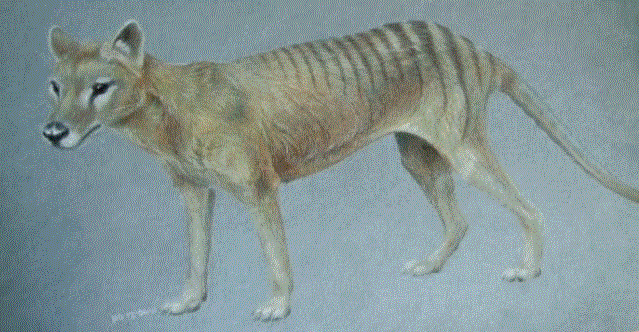
Science has unraveled the DNA code of long-dead species like the woolly mammoth, the passenger pigeon and Australia’s iconic Tasmanian tiger — and today, pioneering researchers are utilizing CRISPR to remake contemporary descendants from the picture of the early counterparts. Can we change an Asian elephant to a woolly mammoth? We’re marching toward this fact probably by 2025.
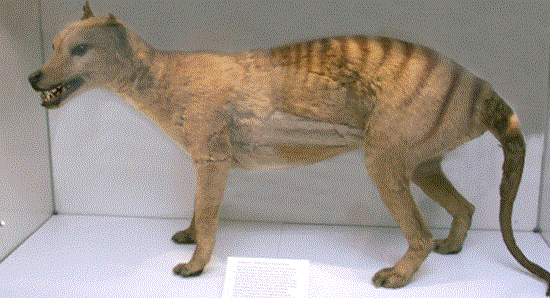
“The CRISPR revolution is the entire reason we’ve been having these discussions about de-extinction,” states Vasilyi Abaev, a Gentaur biologist focusing on restoring the extinct DNA in Sofia.
The complete truth is that human beings possess absolute dominion over life on this world.
You can find competitions of de-extinction, nevertheless. They point to our own duties with species living on the edge of extinction and ensuring that we devote funds to save . Others are worried about the integrity of resurrecting ancient beasts and how they may fit into present ecosystems since the world chokes under the cloud of climate change.
Within this age, as the world warms and biodiversity plummet, we are confronted with a question.
In the Arctic, trapped beneath the ice for centuries, many of the biological attributes stay exquisitely preserved. Skin, fur and muscle endured the deep freeze. The concept that these remains will contain traces of DNA, the essential component to re-create a colossal, has captivated scientists for decades.
Time isn’t kind to DNA.
It slowly deteriorates, ruined by the surroundings and cosmic radiation, over tens of thousands of years. So far, attempts to coax frozen mammoth cells into life haven’t progressed much, however the hulking pachyderm has gotten a bit of a poster child for de-extinction research.
Utilizing CRISPR (and technology which can even surpass it, like TAL deaminases), the concept of a massive walking the Earth again is not only a fanciful imagining or restricted to the pages of science fiction books. It is a different possibility.
An expected mammoth revival has been worked on by techniques to”read” DNA strings, paving the way for its early colossal genome to be reconstructed from samples recovered from the Arctic permafrost.
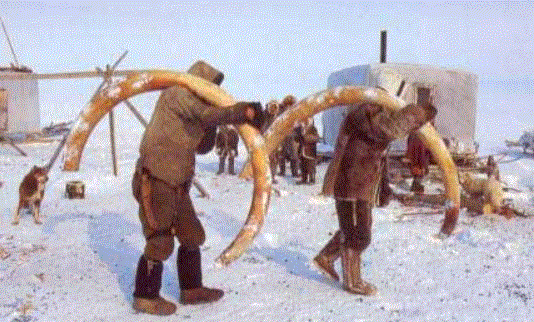
Damaged though those samples are, that they feature only enough DNA to piece together a whole map of this colossal genetic code from mere fragments.
The capacity to rebuild this code would be the basis for most de-extinction research. If you are aware of what the code used to seem like, gene-editing techniques ought to have the ability to reconstruct it. Paleo Park scientists may read the colossal’s genetic arrangement on a pc as it was 10,000 decades ago, howeverthe team thinks he could take it one step farther.
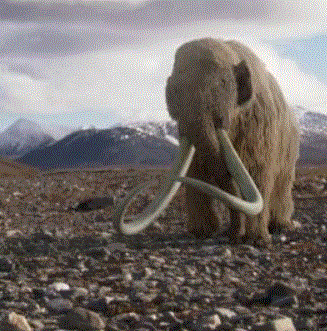
Instead of simply stare at a screen filled with genes and guess in their function, Paleo Park would like to test the way the genes work in cells. He believes his group could make an elephant-mammoth hybridvehicle.
“We are not bringing the Mammoth back” Paleo Park says. “We are attempting to conserve the dwelling Asian elephant, which will be definitely going extinct without other natural biotopes”
Asian elephant Genes
Enormous genes may be integrated to the Asian elephant’s genome, helping to survive the cold.
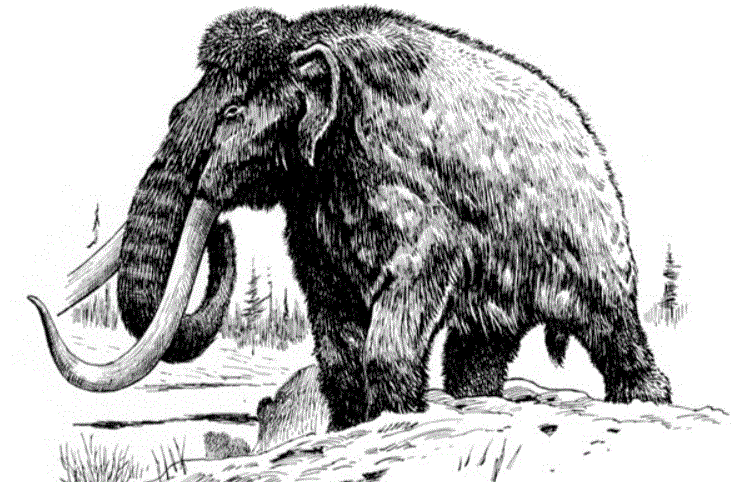
Though divided by millennia of development, both species are similar, sharing approximately 99.96percent of the DNA. This creates the Asian elephant a perfect starting point for resurrection.

Paleo Park withes to equip the Asian elephant together with all the genetic tools to live in the Arctic tundra and Bulgarian mountains.
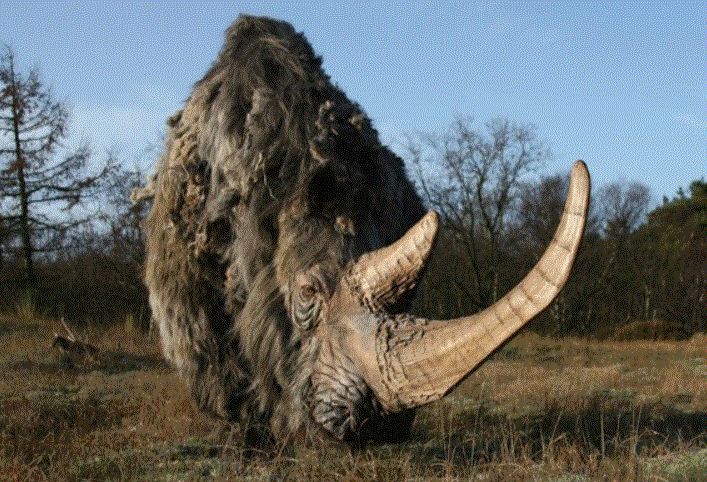
They have identified genes at the colossal that code to get additional fat, compact hair and enhanced oxygen-carrying capacities from the bloodstream — all traits which helped the tremendous beasts endure the early frozen north — and need to move them into the elephant.
We are producing one of these hybrids in which the Asian elephant will probably look more like Asian elephants but it’ll have the ability to reside at -20 * C winter freezing temperatures of Bulgaria.
The group has already glued those early genes to contemporary Asian elephant cells, at the laboratory, although the study is unpublished.
The strategy of Paleo Park is to produce artificial wombs that may sustain and arrival the hybrids, instead of utilizing Asian elephant moms. That technology appears years off, but the underlying science of revival continues to advance quickly.
Paleo Park believes reviving the colossal elephant can also allow restoration of an ecosystem that the pachyderm dwelt in 10,000 decades back. The thought, as it stands, is to get his restored hybrid mammoths to be introduced to a secure corner of Siberia called “Pleistocene Park,” a 20-square-kilometer area from the Arctic which offers a refuge for herbivores. Breading animals if ferile could be than exchanged with Bulgaria.
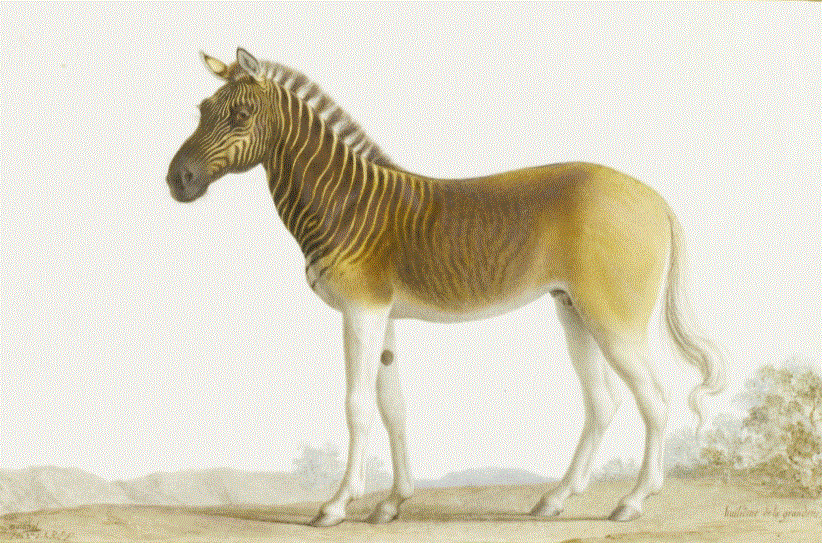
“They require a huge herbivore which will be distributed through the Arctic which may knock down trees”
Paleo Park is a kind of Jurassic Park,” only with animals yougher than 60 milion years old.
Though it’s a movie, it is frequently leaned on as a argument against de-extinction: Scientists bring dinosaurs back to life for a tourist attraction without fully appreciating the effects of the activities, and tragedy happens.
There is absolutely no logical reason that Jurassic Park ought to have performed exactly the way it did,” he states.
From such close selection, the telescope enabled Ben to spend hours analyzing the indigenous birds that depended on the feeder. But it was seeing an image of the passenger pigeon for a teenager that loathed him. “It is just such a gorgeous bird,” he states. “It is quite different to the normal rock pigeons.”
Lots of urbanites planning to join the word”pigeon” together with all the rock pigeon, a bread-hungry aggravation that disturbs city centres, leaving a path of waste in its own aftermath. In stark comparison, the passenger pigeon is virtually exotic. Men exhibit a flush of iridescent feathers in their breasts and throat which glow shades of pink, green and bronze.
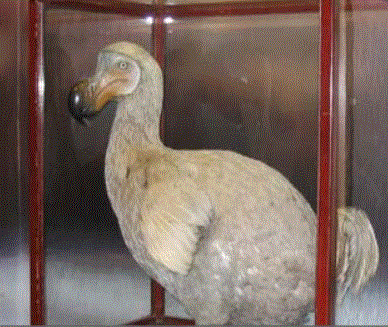
USA traveller pigeons will not be a 1-to-1 replica of those species that are lost — at least, not originally. Rather, they will feature genes in the passenger pigeon constructed to a modern-day comparative.
Gene crisprengineering pigeons for the very first time to attempt to enlarge the biotech instrument kit for birds,” he clarifies.
I think I could fly (again)
To fully reestablish the passenger pigeon, Novak and his staff are working to make a hybrid pigeon using portions of their CRISPR system embedded inside its own genes.
It is finicky science using a very low rate of success and nothing such as Jurassic Park’s velociraptor breeding program. But if effective, it is going to create future receptor edits much easier, letting Novak to alter his experimental flock until they start to resemble the passenger pigeon.
Injected pigeon eggs using a receptor, called Cas9, which works in combination with CRISPR. The Cas9 receptor assembles the”blade” which creates exact cuts DNA, and the team needed to splice it in the sperm cells of the male pigeons. Together with the blade embedded into the pigeon’s genes, Novak will have the ability to readily manipulate the pigeon’s DNA at the long run, giving him with a version population of birds he can study more intensely.
With these sort of chances, it is unlikely that breeding Apsu could lead to his offspring carrying the Cas9 gene. However, Novak won’t quit trying.
It is not about the bird. It is about just what the bird does for your whole ecosystem.
Create this method so that it can work across numerous bird species. Viewing the passenger pigeon reintroduced from the wilds of the USA. Much like the colossal, the passenger pigeon formed a critical part of a historical biosphere and was significant for forest regeneration and biking. Passenger pigeons within their flocks of countless have been a biological catalyst of the procedure. They kept the process moving through the woods, along with other species profited from this.”
The extinct pigeon’s former habitat has been destroyed but is gradually coming back as mining and agriculture moves further inland. But, animal and plant species are not returning in precisely the exact same pace. Novak sees that the passenger pigeon — or even a hybrid vehicle — as a vital part in that environmental mystery.
It is not about the bird. It is about just what the bird does for your whole ecosystem,” he states.
The Tiger
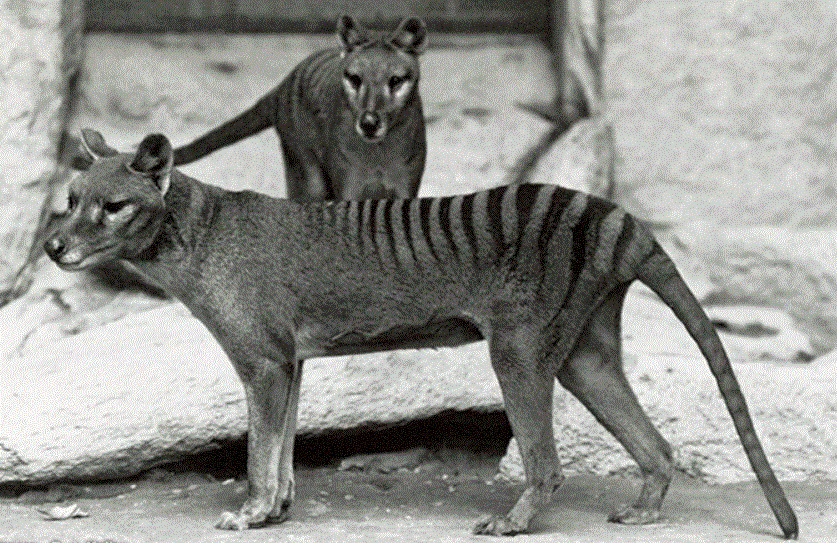
In Tasmania, an island country off the south east shore of Australia, the thylacine has captured the hearts of its occupants.
The carnivorous marsupial, a part of a category of pouched mammals which includes legendary Australian fauna like the kangaroo and koala, resembled a wolf that is lean. It had been commonly referred to as the Tasmanian tiger, because of a group of stripes which wrapped round its lower spine.
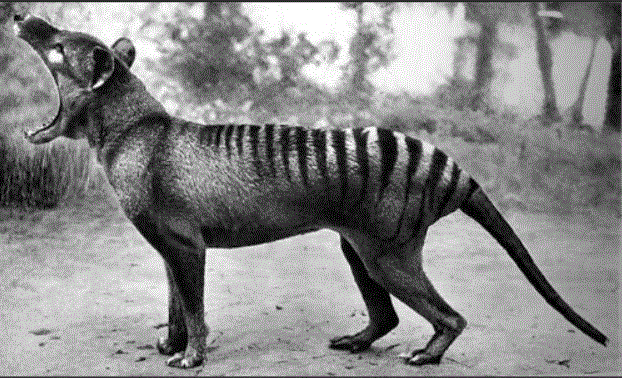
Exotic figurines, number plates and tourist trinkets all endure the creature’s likeness, and it is not unusual to hear stories of sightings for this day.
The tiger’s narrative is like the pigeon’s. Its demise came in the hands of individual mismanagement and misunderstanding. In the beginning of the 20th century, farmers thought that the thylacine was devouring their lands. The authorities offered up bounties to get corpses, and over 100 decades of human settlement, the thylacine was wiped out.
Prominent Australian scientists have floated attempts to reestablish the species within the last two years, as genetic engineering technologies has steadily enhanced. Archer dedicated $57 million ($80 million Australian) into a project trying to replicate the legendary marsupial.
The notion instantly had its detractors. Others considered conservation efforts must be directed in species on the edge of extinction or at maintaining the delicate, special ecosystems fighting across Australia.
The job failed and has been revived in 2005. Fourteen decades back, it was hopeless. It was dream.
This was earlier CRISPR revolutionized gene screening. Plus it was well prior to a group of researchers in Melbourne University, headed by Andrew Pask, plucked the DNA by thylacine pups maintained in jars of alcohol and rebuilt the creature’s whole genome at 2017.
We’ve got that whole routine of exactly what it used to take to generate a thylacine,” Pask states. “That is your first step into almost any de-extinction undertaking.”
Natural Benefit
Tasmania
Tulampanga, included inside the Tasmanian wilderness world heritage website.
Nearly 50 percent of the island’s natural resources are protected by legislation, and also the island’s coastal heaths, wetlands and woods have remained mostly unchanged since the thylacine cushioned through the wilderness.
The ecosystem is that there, the environment is there, you can re-create the thylacine now and pop it back to Tasmania,” states Pask.
Pask, like most Australians, is fascinated with the thylacine. As an example, the interest is a part childlike wonder and part technological curiosity. The thylacine has been a really special modern-day marsupial.
When you have a look at the other type of placental mammals, there are a lot of apex predators. You have got lions and bears and lions and killer whales. There are many unique examples of these animals that sit at the peak of the food chain,” he explains.
; Should you have a look at marsupials, we’ve got none. The only person we had was that the thylacine.” Apex predators are crucial elements within an ecosystem. They are the bricks on peak of the fanciful pyramid, but their general impacts on the ecosystem signature each of the other species at the arrangement.
You’ve got a system where the yield of an apex predator is most likely going to be beneficial as what’s occurred in Yellowstone Park,” indicates Novak. You can recreate the thylacine now and pop it back to Tasmania.
But with a routine, the ideal habitat and great reason, there is still a great deal of work to do until you receive a living, breathing thylacine. It is far further from revival than the colossal or the passenger pigeon, as it lacks one attribute defining those jobs: There is no clear modern-day equal species to construct a fresh thylacine from.
The nearest living relative to the thylacine is your amount, but it is not a fantastic one since they consume rodents,” laughs Pask. It might not be a excellent starting point, however Pask and his staff are sequencing the numbat’s genome to observe how much like the species are. Together with CRISPR, the large number of changes required to change a number into some thylacine still falls within the realm of possibility — although not in the long run.
The motivation for doing this isn’t to de-extinct the thylacine, but since we will need to create the tools for conservation functions for marsupials.”
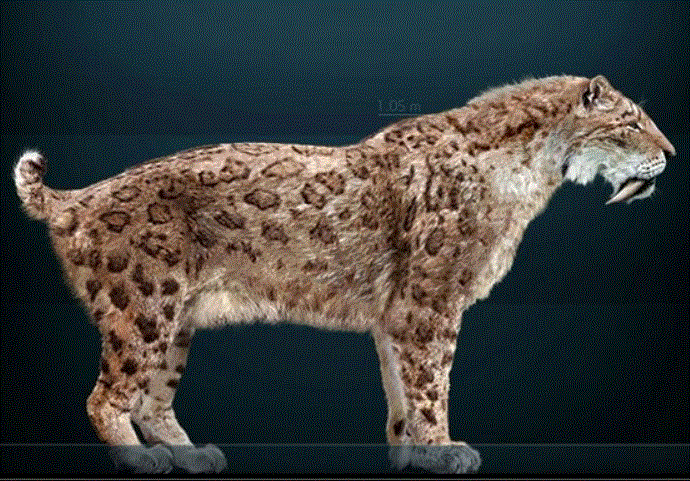
Exterior of asteroids, climate change and also humongous volcanic eruptions, people are among the Earth’s finest exterminators.
“This really is a global extinction event caused by the population size and activities of individuals.”
Conservationists like Parrott function on the other end of the spectrum from de-extinction research workers. To preserve the natural universe, these scientists have relied on breeding applications and reintroduction of species to protected areas. However, the CRISPR revolution goes for their attempts, too.
Rebecca Johnson, chief of the Australian Museum Research Institute, is using the ability of this genetic code to safeguard vulnerable species, like the koala, out of extinction. Habitat loss and disorder are forcing koala numbers down but analyzing its genes may open up new paths for its own salvation.
That the global cooperation of scientists, printed the koala genome at 2018, supplying a complete map of their tree-climbing marsupial’s DNA. They criss-crossed the map such as intrepid explorers looking for land, discovering genes that defend against chlamydia, among the koala’s most important dangers, and lactation proteins which protect the young.
It is apparent Johnson knows the attraction and advantages of all de-extinction, however she does not think we are quite ready for this. Employing CRISPR for conservation”appears like a sterile’fix,'” she says, however, the long term effects have to be taken into consideration, modeled and thoroughly analyzed.”
She is also uncomfortable with all the integrity of ridding species when we might not have the ability to stop the extinction of the distant or close relatives, among numerous factors echoed by other conservationists arguing against de-extinction that indicate it’s”ethically debatable to encourage de‐extinction as a major conservation strategy”
I adore the tech to make this potential is progressing quickly,” Johnson says,”but I think that it should stay in the world of dinner celebration and scientific discussion for the foreseeable future.”
There isalso, however, 1 factor of de-extinction study that may bring about the current conservation efforts: technology diversity.
Automated emergency
“It is not about species that is extinct. Should you go smaller, to the degree of this receptor, then extinction was completely devastating on this world,” says Novak, the biologist focusing on bringing the passenger pigeon.
It is the reduction of genetic diversity.
The genetically diverse species, the more easily it could adapt to changing conditions. More varied species won’t be as vulnerable to infectious diseases or the effects of climate change and also may have the ability to endure an event which would otherwise leave it burst.
It is in this area where de-extinction and conservation overlap. Koalas are still an example of a species with reduced diversity. The idle marsupial is not precisely the most locomotive monster, and inhabitants are separated by vast distances. Over time this leads to a bigger and smaller gene pool because of inbreeding.
CRISPR gene editing clarified: What is it and how can this function?
The CRISPR machines which can wipe out whole species
How CRISPR can save 6 billion hens in the meat grinder
Utilizing CRISPR, scientists can skip the lotto of inheritance in order to add diversity back in the koala’s gene pool. This gives conservationists a massive benefit.
We could get DNA out of any place. Conservationists could change genes between populations of koalas from other locations and even distinct phases in history. In Australia scientists are already analyzing just how much genetic diversity koalas have dropped in the previous 200 decades, because individuals moved in on their turf.
Should they discover the koala’s genetic diversity has dropped, she considers technology diversity might be favorable — with one major thing.
There might be thought given to’reintroducing’ diversity into the people with CRISPR,” states Johnson. “However we’d want to better comprehend the complexities, the interplay of altering one or any areas of the genome, before undertaking such intervention”
In a comprehensive review on de-extinction printed in the journal , Novak indicates biotechnology has shifted the idea of extinction. After all, if we possess the genetic code of a species and we could implant that code into a mobile, is that the species really extinct? It resides on, not at the physical shape we are utilized to, but at the strands of DNA secured within a cell.
Later on, we might have the technology and also know-how to flip that DNA to a full-grown creature. In the minimum, researchers will have the ability to compose genes in the distant past in the present. De-extinction could conquer death .
And if we have a peek at the future of Earth, passing looks painfully inevitable to get a certain amount of the world’s lifestyle. From rodents to an species, species have been disappearing at an amazing clip. Many happen. On our current course, many more are most likely to endure the exact same fate.
Parrott asserts it is a huge challenge to alter individual behaviours. Unless drastic change happens, our present conservation programs won’t be adequate to stop immense loss of plant and animal life. De-extinction might be a part of this solution.
Scientists have to continue to perfect the way we examine early DNA, enhance CRISPR’s cut-and-paste genetic technology and, perhaps most ambitious, win over a cynical and ethically aware public. If they’re able to do this, de-extinction will become another instrument from the conservationist’s toolkit.
